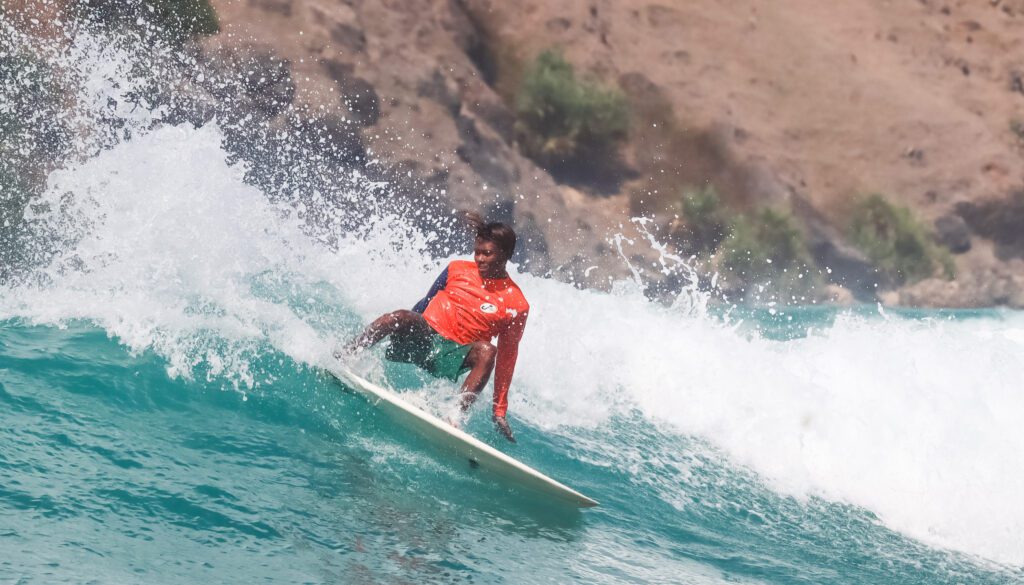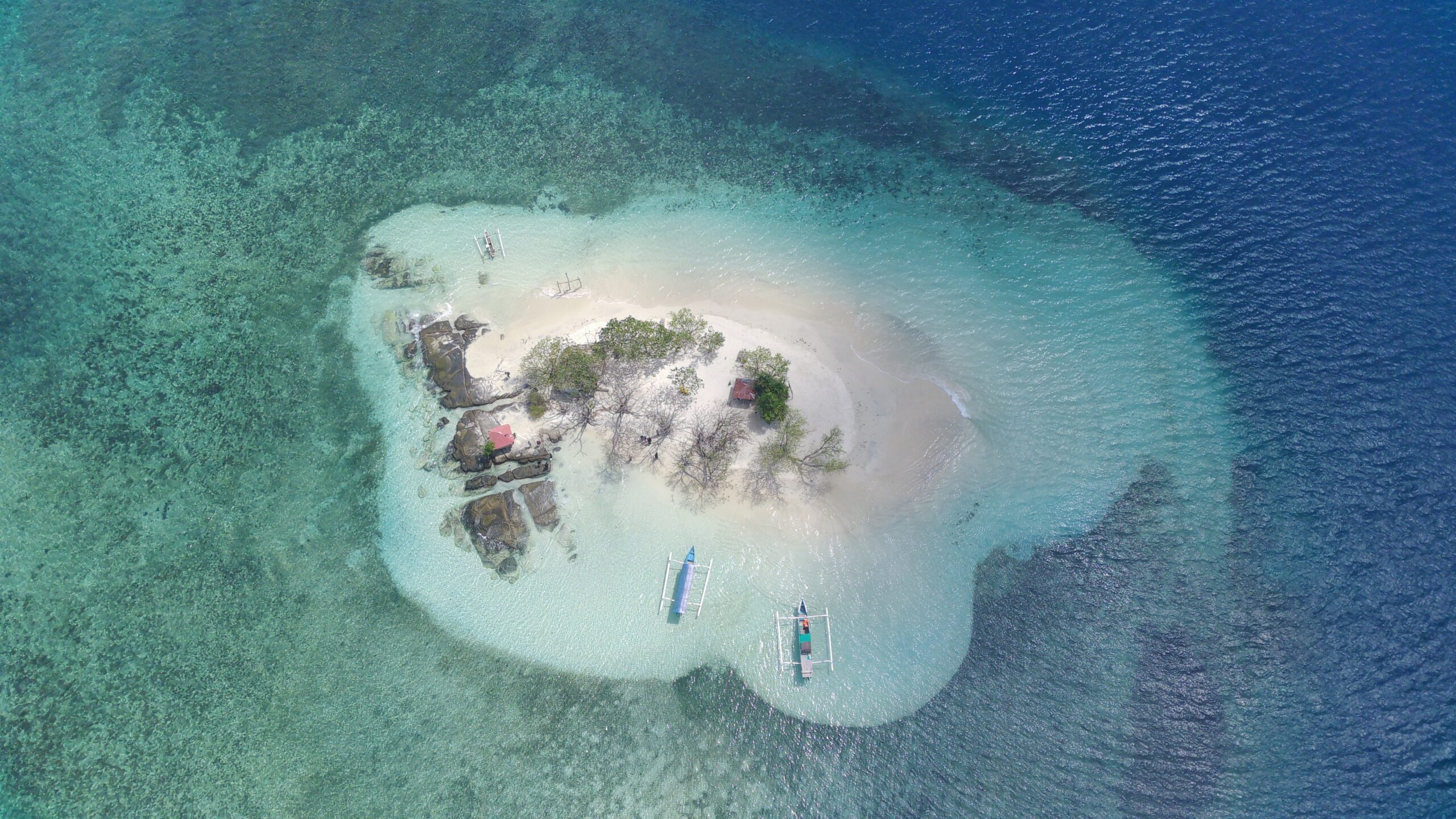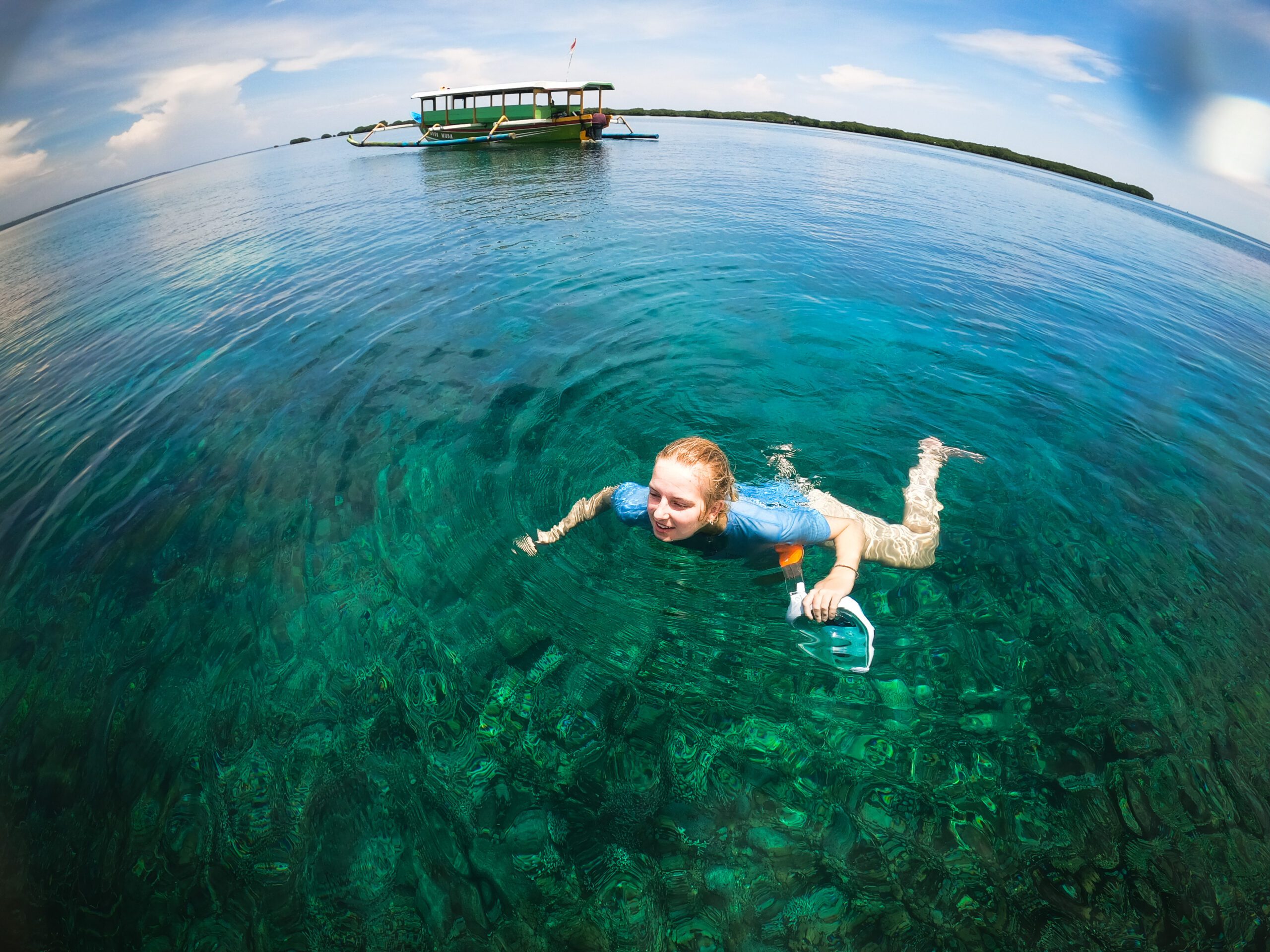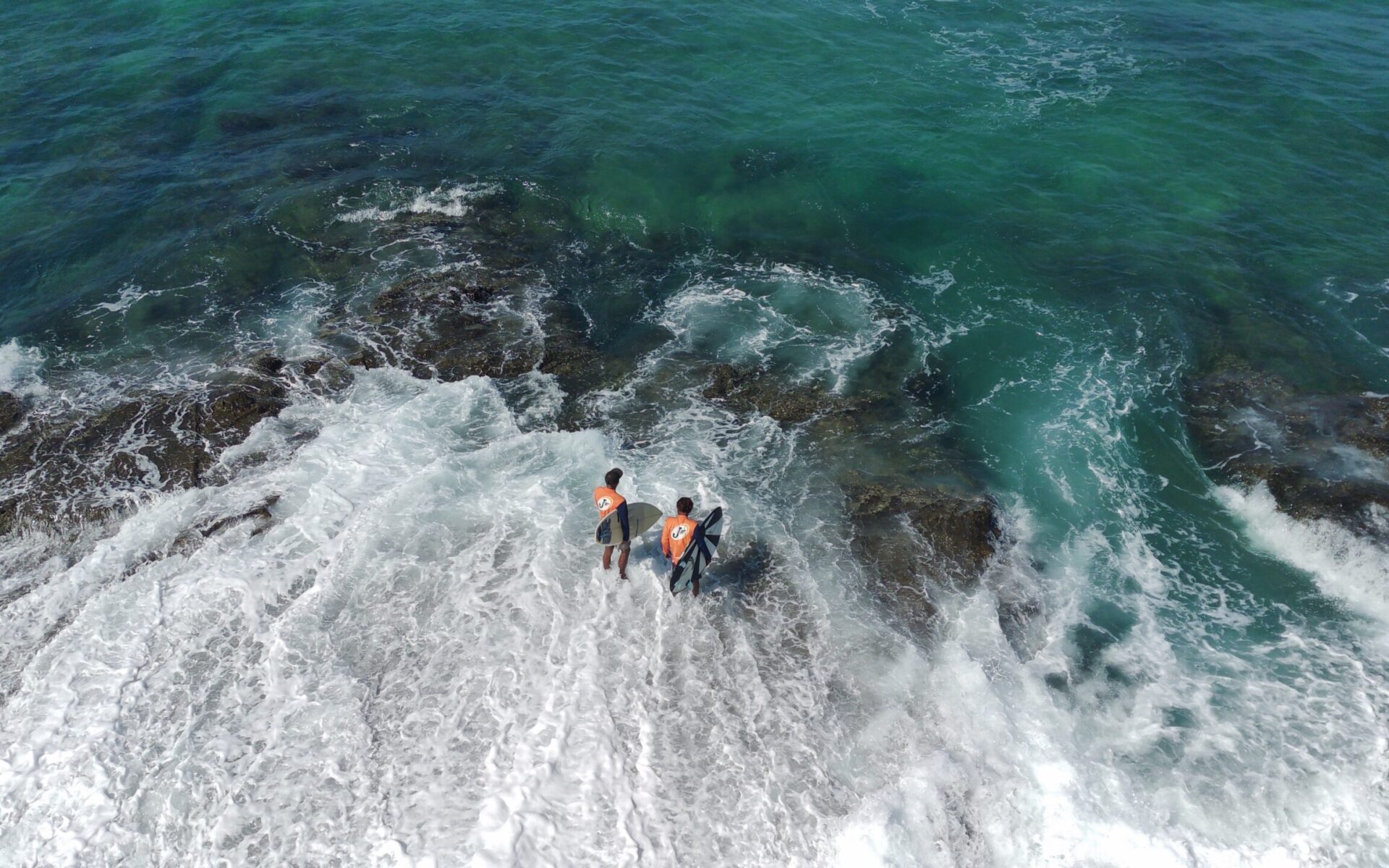There are three main types of surf breaks; Beach Breaks, Point Breaks and Reef Breaks. Each surf break produces a different style and pattern of wave with its own unique characteristics and factors that influence the way the wave breaks along the shoreline.
BEACH BREAKS
Beach breaks are areas where the waves break over a sandy bottom. Because the sand at beach breaks is always shifting due to tides, currents and storms, the waves are always changing. One day, you could be surfing perfect peeling lefts and the next day be surfing closeout waves at the same spot. One day the surf break could be in one place and the next day it is 100 yards down the shoreline. The ever changing bottom creates a very dynamic and unpredictable surf break. Beach breaks are a great place for beginner surfers to practice at due to the softer and safer bottom than that of a reef break.
POINT BREAKS
A point break is a surf break where the shoreline extends out to sea creating a headland. The wave hits the headland or jetty and begins to peel along the extending shoreline creating a wave that is long, well-formed and unlikely of closing out or breaking in front of itself. Point breaks usually have only one take off point and travel in one direction, which may mean you have to get in line and wait your turn to catch a wave. Quality over quantity at these particular surf breaks.
REEF BREAKS
Reef breaks have the ability to create machine-like waves that are perfect one after the other. The wave breaks over a coral reef or rocky bottom. Unlike beach breaks, the bottom of a reef break is not likely to change much, causing the wave to break over the reef the same way almost every time. Swell directions and tide are the main factors that change how waves break over a reef.
Reef breaks produce waves that break much steeper than beach and point break waves making them much more powerful.
Barreling waves are usually found at reef breaks. While the waves at reef breaks are more predictable, they are considerably more dangerous due to what lies below. Coral reefs are very sharp and contain harmful bacteria that can cause serious infection if cut by it. Beginner surfers should use extreme caution when surfing reef breaks and whenever possible, have a local guide explain the surf break before entering the water for the first time.





